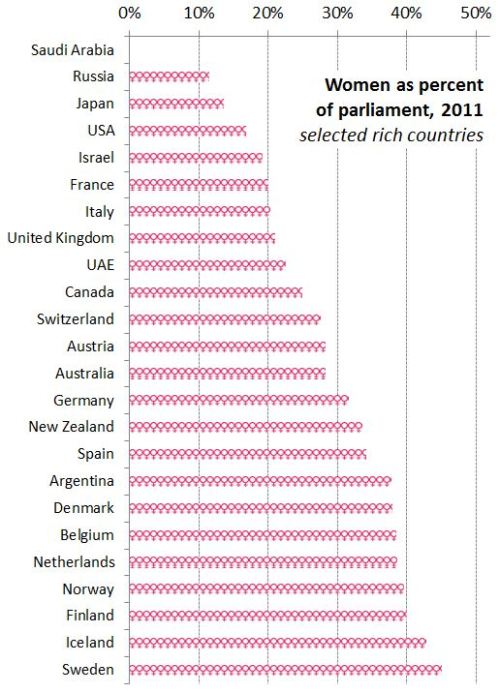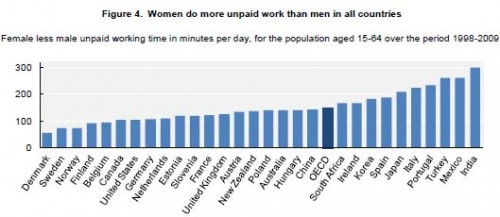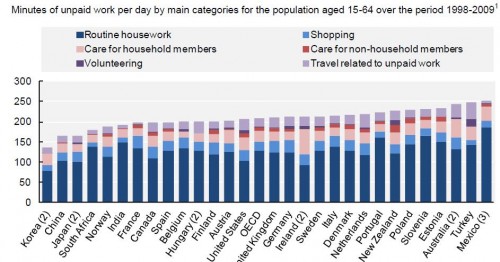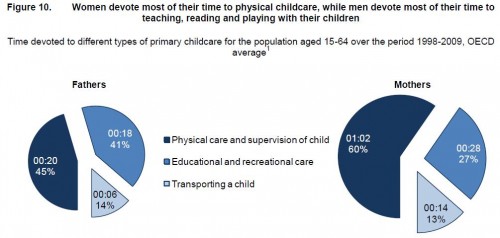Cross-posted at Family Inequality.
In some societies it is expected that newly married couples will move into the husband’s family home. This is called a “patrilocal system” or a “custom of marriage by which the married couple settles in the husband’s home or community” (OED). Patrilocality is bad for women’s status: as outsiders in their new homes, they are alone and disconnected from their own families.
Patrilocal China
The patrilocal system in China is one of the foundations of its unique form of patriarchy, embedded in the religious tradition of family ancestor worship — and in the language.
This came up because I was learning the Chinese word for grandmother, which, like other family relationship words, differs according to the lineage in question (maternal grandmother, paternal grandmother, etc.). A common traditional term for maternal grandmother is wài pó, 外婆:

Those two characters separately mean outsider and woman. (If you put a space between them in Google translate, the English translation is “foreign woman.”) For comparison, the common term for paternal grandmother is nǎinai (奶奶), which is the word for “milk” twice.
Words as Gendered Images
I had been working on Chinese Characters for Beginners, and with my recent focus on language for union or marriage types (homogamy and heterogamy for same sex and other sex marriage, respectively), on the one hand, and sexual dimorphism / gender, on the other, I was sensitive to my first lesson, in which I learned that the word for good is woman+son (好):
And the word for man is field+strength (田+力=男):
Someone who knows more about languages can say whether or how Chinese reveals more about the cultural contexts of its word origins than English does.
In the one-child-policy era the patrilocal tradition has become especially harmful to women. That’s because the lack of an adequate state pension system has increased the need for poor families to produce a son — a son whose (patrilocal) marriage will bring a caretaking daughter-in-law into the family — and decreased the return on investment for raising a daughter, who probably will leave to care for her husband’s parents. One consequence, amply documented in Mara Hvistendahl’s book Unnatural Selection, has been tens of millions of sex-selective abortions.
So, the next time someone sees a common pattern of gendered behavior, and attributes it to genetics or evolution, I’m going to ask them to first demonstrate that the pattern holds among people who aren’t exposed to any language at all (and raised by parents who haven’t been exposed to language either). Otherwise, the influence of ancient cultures is impossible to scrub from the data.




















